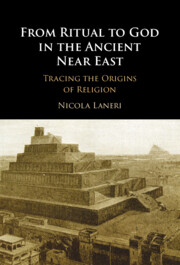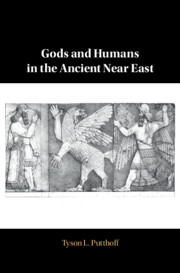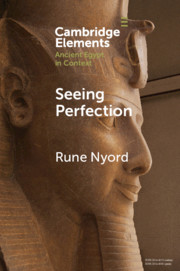Freeze frame: It’s Boedromion 12, 403. With his troops, Thrasybulus is marching up the Acropolis to make a sacrifice to Athena, after several month of exile. At first sight, we can only distinguish men: On one side stand the people of the town, frightened spectators of this intimidating procession; on the other, the victorious democrats – citizens, foreigners, slaves and freedmen – who are already preparing to forgive. As the Athenian civil war comes to an end, women appear absent, as if erased from the picture. But their presence can be sensed in the background, not only among the anonymous crowd who has come to watch, but also on the Acropolis itself. In a majestic role, the priestess of Athena Polias was necessarily present at Thrasybulus’ side, since she was to help him accomplish his sacrifice in the honor of the goddess. In all likelihood, the priestess of Athena played a central role in this ritual sequence, embodying the very specific participation of Athenian women in the resolution of the conflict. Her name – Lysimache – is known to us thanks to an extraordinary piece of evidence: After her death a few decades later, the priestess was commemorated with a bronze statue erected on the Acropolis, the work of a famous sculptor. But how did he manage to flesh out this fleeting and evanescent figure? Erased from history as written by men, she was nevertheless a central figure of the community; it is only necessary to take the trouble to read the ancient sources between the lines, being as attentive to what they express as to what they conceal. By means of some inscriptions and, especially, thanks to a play by Aristophanes performed in 411, it is possible to give back to Lysimache her full human dimension and to restore her singular mode of action within the city that went against the clichéd view of Athenian women as passive and legally in the minority. Better still, if we listen carefully, we can give voice to all those who surrounded her – not only the women directly involved in the cult of Athena, but more widely all Athenian women, including the foreigners to whom the priestess served as a mouthpiece in these ‘dark times.’



